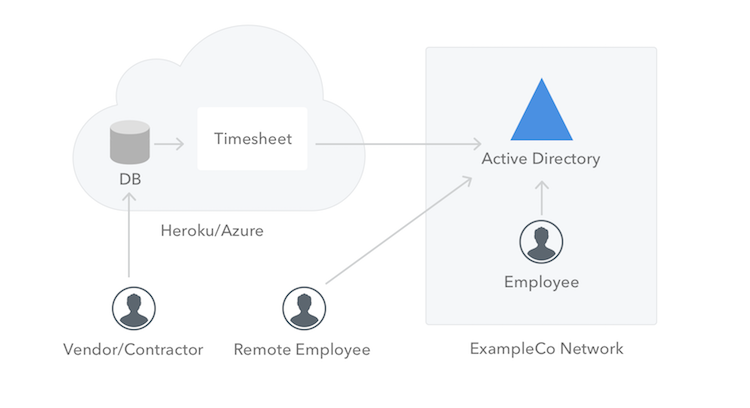TL;DR
- Auth0 supports open standards such as OAuth 2.0 and for authentication and authorization (see Which protocol to use)
- OIDC supports several different authorization flows - the most appropriate one for Web Applications being the Authorization Code Flow (see Authentication Flow)
- Your application will be configured in Auth0 as an application (see Application)
- Identity Providers will be configured in Auth0 as a Connection (see Connections)
- Auth0 provides a Lock widget, which allow users to log in to the application (see User Login)
- The web application needs to manage session state to keep track of the fact that the user is logged in. Along with this, Auth0 and the Identity Provider is also managing session information. (see Session Management)
- Conversely, logging a user out also involves three layers of session management (see User Logout)
- Access Control can be managed with the Auth0 Authorization Extension (see Access Control)
By Regular Web App, we mean an app that uses primarily server side, page
GET, POST, and cookies for maintaining state. This is contrast with a Web SPA (Single-Page App), that heavily relies on client side JavaScript code calling an API.The Premise
ExampleCo is a consulting startup company. Currently they have approximately 100 employees and they also outsource several activities to external contractors. Most of the employees work from the company’s main office, but there are some teams that work remotely. Additionally, some employees frequently travel to customer locations and work from mobile devices. All employees and external contractors are required to fill in their timesheets every week using spreadsheets. The current system is inefficient and the company decided that they need to move to a better and more automated solution. The company evaluated several of the available timesheets application and concluded that it would be more cost-effective to build their own in-house solution, since they are looking for a very simple application at the moment. The app will be built using ASP.NET Core, since their developers are already using this technology and they can have the app ready in a week or so.Goals & Requirements
ExampleCo wants to launch the new solution quickly so they chose to start simple and build into it as they gather feedback from their employees. The application should be available to logged in users only. Each user will have a role, and based on this role, they should be able to perform certain actions and view specific data.Authentication vs Authorization
ExampleCo wants to authenticate and authorize each user. Authentication has to do with identity: verifying that the user is indeed who they claim to be. Authorization is about deciding which resources a user should have access to, and what they should be allowed to do with those resources.- Someone with the User role can add timesheet entries, by specifying the date, the application and the hours worked. The Admin role also has this same right.
- Those with the User role should have access only to their own timesheets entries.
-
Someone with the Admin role can additionally:
- Approve or reject timesheet entries of other users.
- Edit the application drop-down list of values (add, edit, delete).


